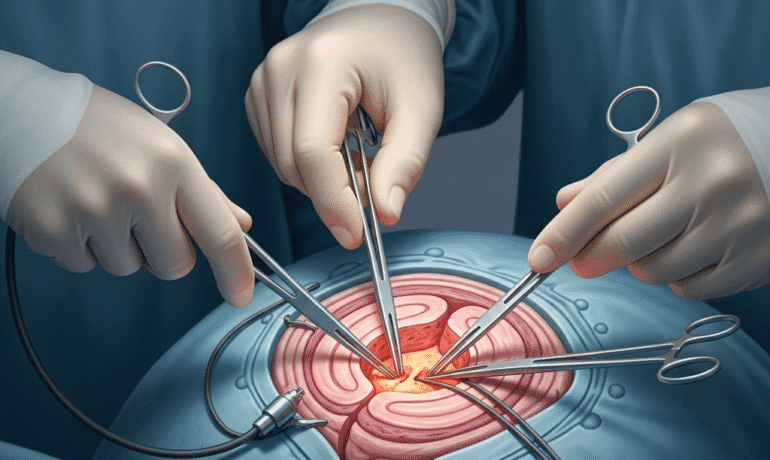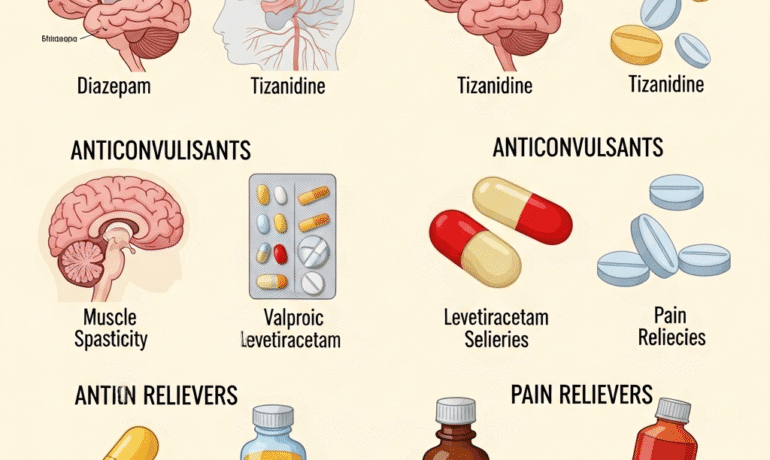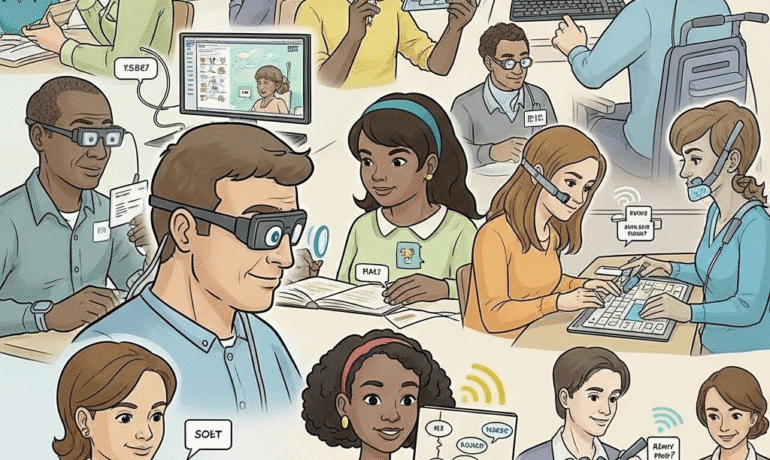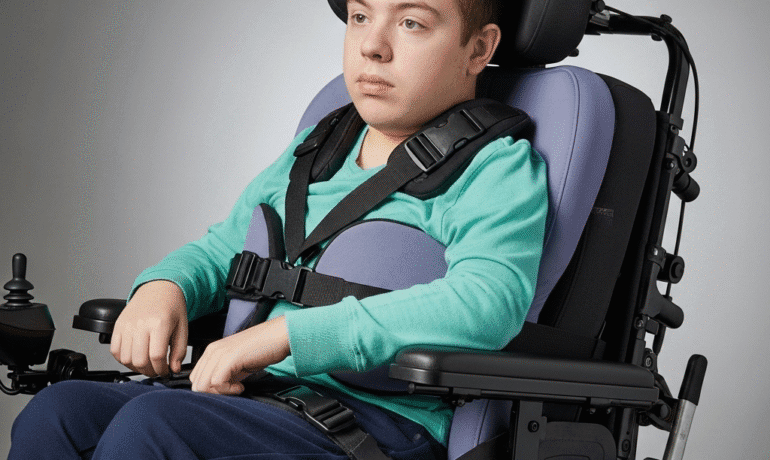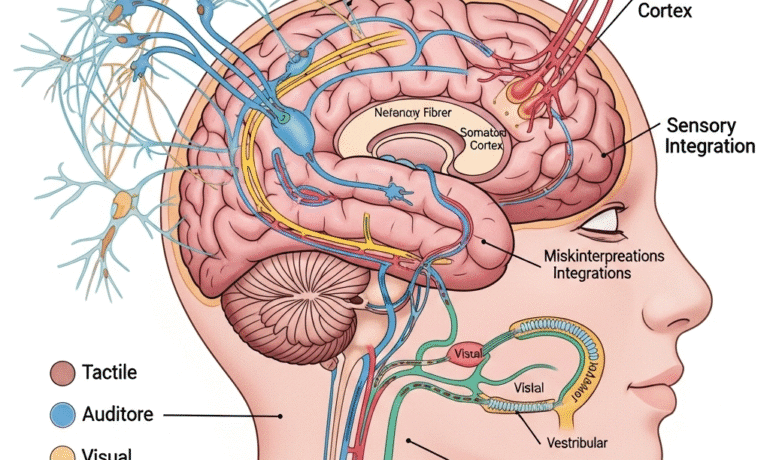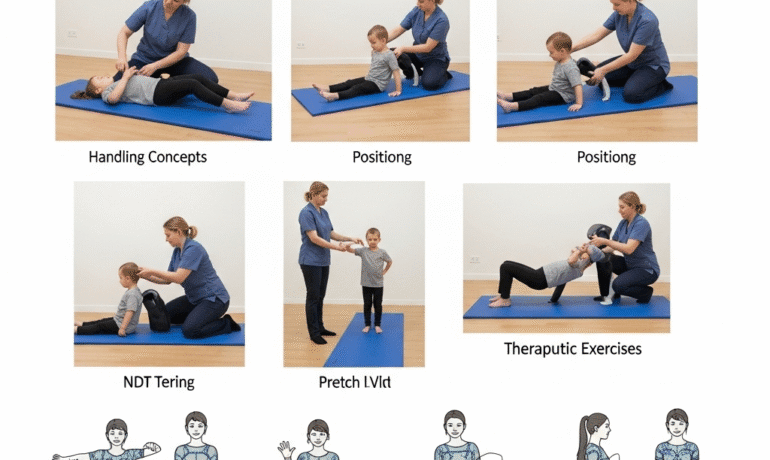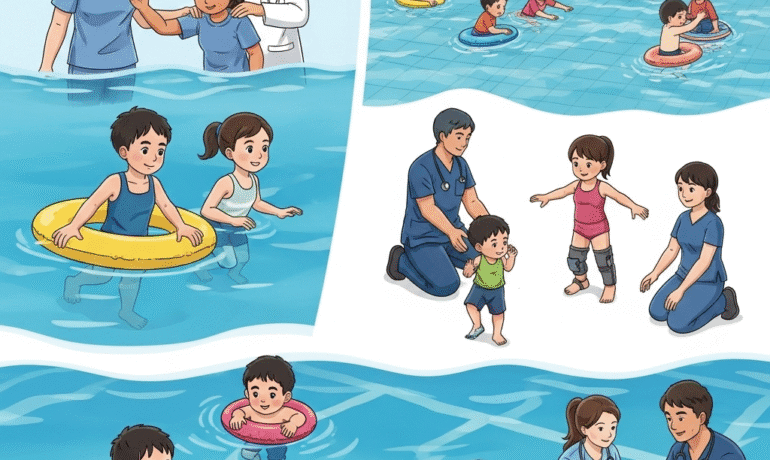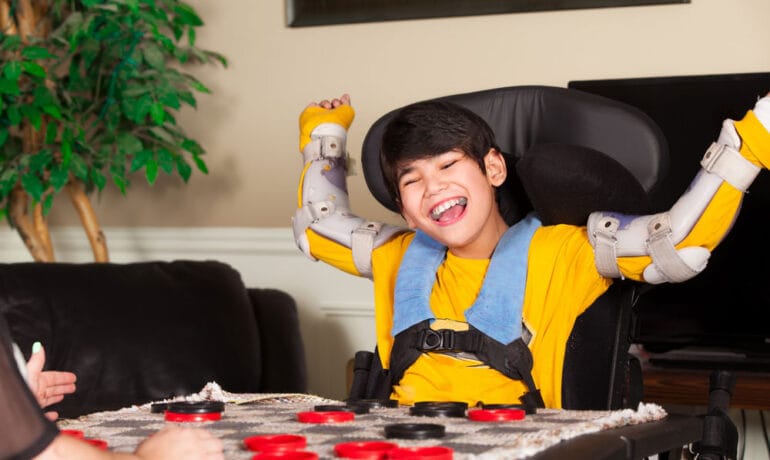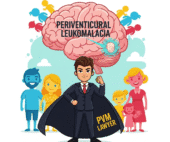Exploring Surgical Interventions for Managing Spasticity and Contractures in CP
For some individuals with Cerebral Palsy (CP), persistent spasticity (increased muscle tone) can lead to the development of contractures (permanent shortening of muscles and tendons), causing pain, limiting movement, and impacting function. When conservative treatments like therapy, medications, and orthotics are insufficient, surgical interventions may be considered to address these musculoskeletal challenges and improve quality

